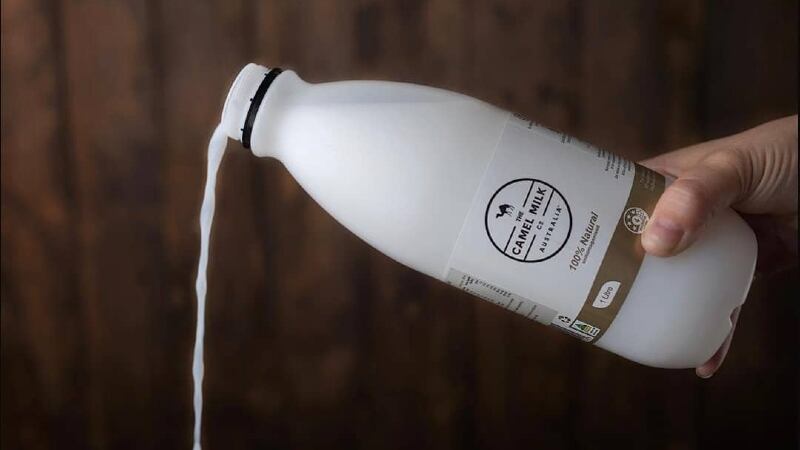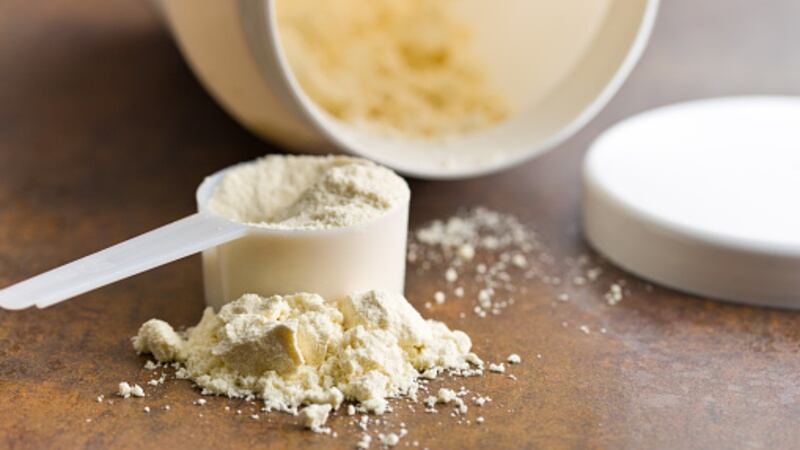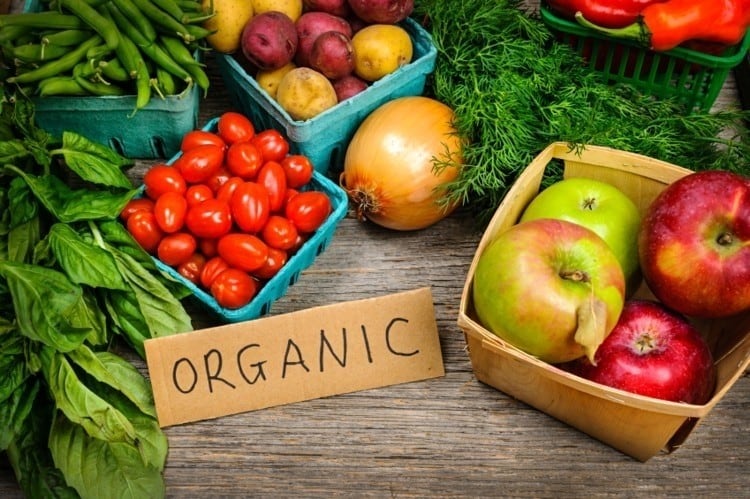According to the firm’s Co-Founder Megan Williams, their sales for camel milk stagnated during the COVID-19 pandemic, possibly partially due to their inability to deliver worldwide at the time, but demand is now on the rise both locally and globally once again.
“A lot of our local sales has been done online, but delivery was only possible previously with an Australian address – now we’ve just launched our worldwide shopping cart, so delivery can be anywhere globally,” she told FoodNavigator-Asia.
“It’s really to help our business open up to the world. We had many, many foreign enquiries previously via email but could only address these in a very limited manner as there was a lot of manual labour involved in generating the invoices and the delivery logistics and so on – but now we’ve made this change, this can all be more automated and much faster.”
Camel Milk Co Australia has just seven to 10 employees managing a herd of 300 to 400 camels, with another 200 expected to be added over the next 12 months, in addition to administrative and paperwork so the automation would help move sales a lot more efficiently.
“We also directly work with partners in some of the countries where demand is highest – for example our partner in Thailand has branded themselves the Camel Milk Co Thailand and sells our camel milk there, whereas in Singapore we work with retail outlet Fishwives as our distributor,” said Williams.
“Our camel milk reaches these partners within 24 to 48 hours of production, so always remains fresh when it reaches.”
The firm previously also sold directly in Malaysia, which Williams views as a ‘strong market’ especially as the Camel Milk Co’s products are certified halal, but has since put this on hiatus.
“What we always look for when it comes to moving into new territories is the correct business partner that will guarantee the high quality of the milk when selling, otherwise we won’t compromise even if the market is a strong one,” she said.
Salty but healthy
Camel milk is naturally saltier than traditional cow’s milk, but Williams said that this has never been an issue she has encountered for any of her customers.
“It’s interesting because most people tend to describe it as thick and creamy, and some even say it is sweet although it does have a high mineral content,” she said.
“Different companies’ camel milk will taste different though – this depends on the camel’s diets as this will really be reflected in the taste. Some times milk produced by stale camels – camels at the end of lactation – will be more bitter and salty.
“We feed our camels natural, balanced diets and do not use the milk from stale camels, so really eliminate that very salty taste - our consumers are more focused on the health benefits of the milk, but many choose us for the taste.”
As it is, the firm recently took home the gold in the Class 103 category (non-cow’s milk) at both state (Victoria) and national level at the Australian Dairy Milk Competition 2020, organised by the Australian Dairy Industry Association of Australia (DIAA).
In terms of the health benefits, Williams highlighted that camel milk has numerous nutritional benefits that draw consumers to it, particularly its high lactoferrin content.
“Nutritionally, camel milk is extremely different to any other milk out there on the market. Compared to traditional dairy, it’s low in fat, low in lactose, and higher in minerals such as calcium, potassium, magnesium, as well as iron and lactoferrin,” she said.
“Lactoferrin is often extracted out of cow’s milk by larger factories to put into probiotics, but here, we have a milk that has it naturally higher-occurring.”
Lactoferrin is also one of the main components in traditional dairy that the Chinese government believes will help boost immunity, and led to higher dairy consumption being promoted in the country post-COVID-19.
The Camel Milk Co Australia’s consumer range also includes an audience that is lactose-intolerant due to its low allergenicity.
“We’re not saying that everyone who’s lactose-intolerant should switch to camel’s milk as it does contain some lactose, but at low levels, but we’ve seen that a lot of our lactose-intolerant consumers can drink it because the lactose levels are so low, and it is another option to consider,” Williams said.
“It also does not contain the whey protein beta-lactoglobulin (BL), which is a known dairy allergen which many people who have a reaction to dairy often react to.
“The only two milks in the world that we know of that don’t have BL are camel milk and human breast milk.”
Camel milk is also well-known for having antibacterial and antiviral properties.
Premium pricing
Apart from fresh milk, Camel Milk Co Australia also sells milk powder and a skincare range, though the award-winning one-litre product remains its most popular item.
“Our one-litre milk is the best-seller, even though we do have other packaging sizes such as 500ml. I think that once people try it and realise they like it, they just opt for the larger one,” Williams said.
It would be pertinent to note that a one-litre bottle of camel’s milk costs A$16 (US$11.02) as opposed to cow’s milk which can go for as low as A$1.29 (US$0.89) per litre, for example Woolworths Full Cream Milk 1L as seen on its website.
Ethical farming
Camel Milk Co Australia also approaches its faming with an emphasis on being humane and ethical, for example by making sure to keep camel mothers and babies together as much as possible.
“We’ve purpose-built our dairy so that they can also be together – whether it’s a corny motto or not, we say that happy camels give quality milk,” said Williams.
“Camels are really quite sensitive, and if a camel is not happy, she won’t give any milk – so if you’re getting milk, the camel is saying she’s a happy camel.”
She added that camel farming could also be considered somewhat more sustainable than traditional dairy farming as ‘camels are soft-footed and they’re also browsers when it comes to eating, so they’re not as hard on the ground’.
All in all, although camel milk is unlikely to replace traditional dairy, Williams is sure that there is a long-lasting niche for it.
“Camel milk in Australia is unlikely to ever be as popular as traditional dairy, but I do think it will have its place. It’s definitely not just a fad that will just go away - the market has grown immensely since we started out in 2014/2015, and the sky’s the limit,” she said.





